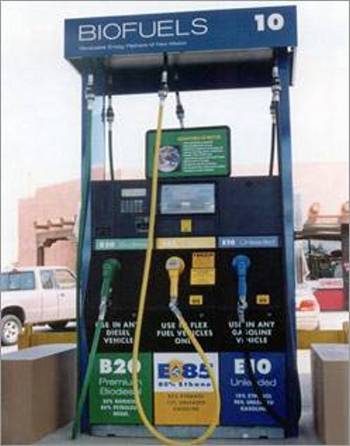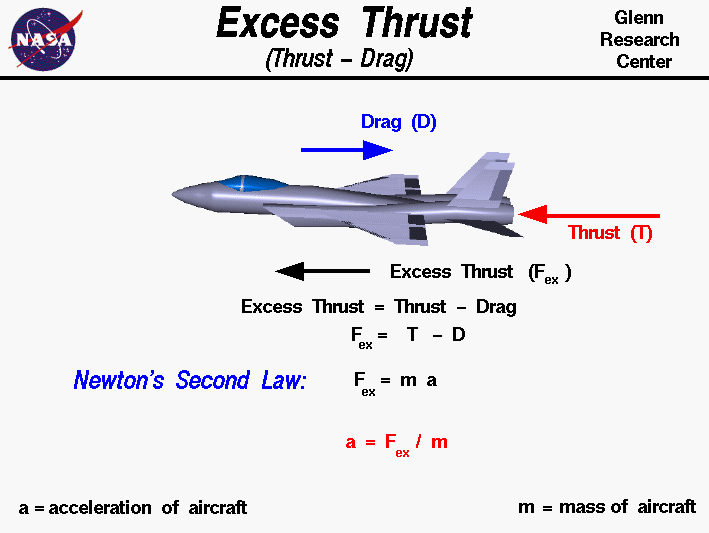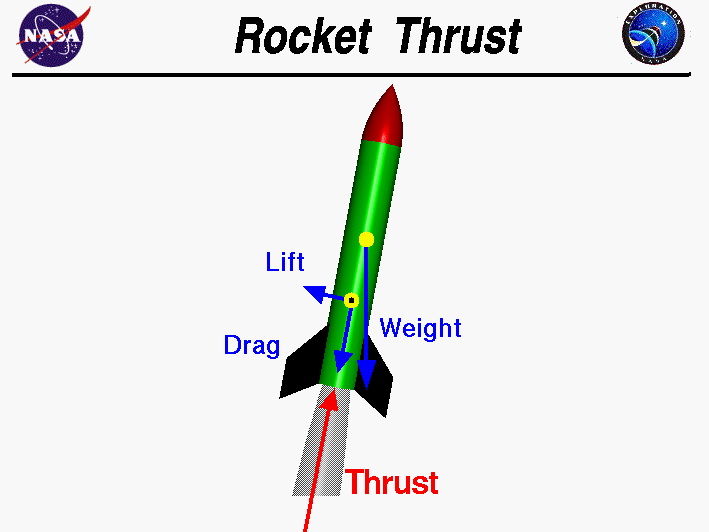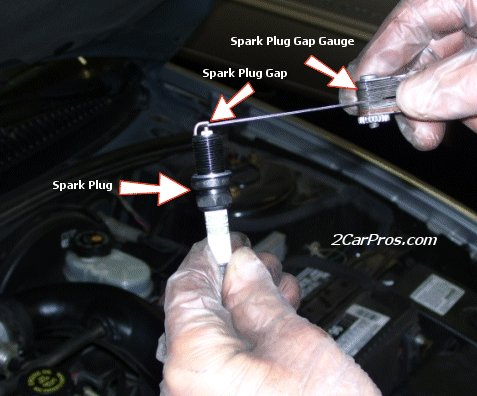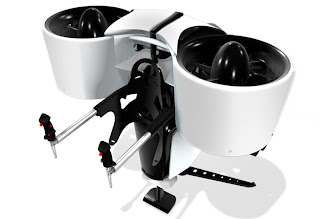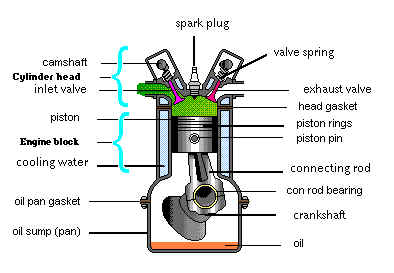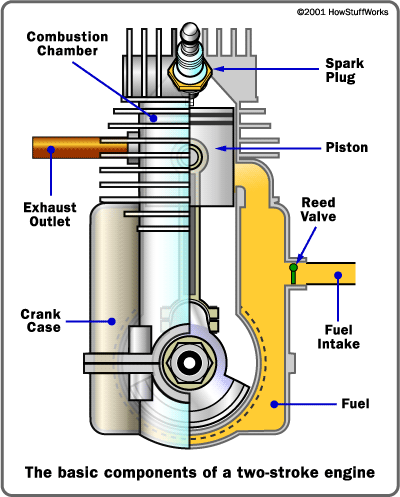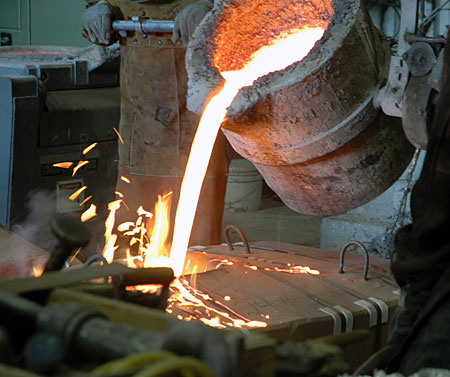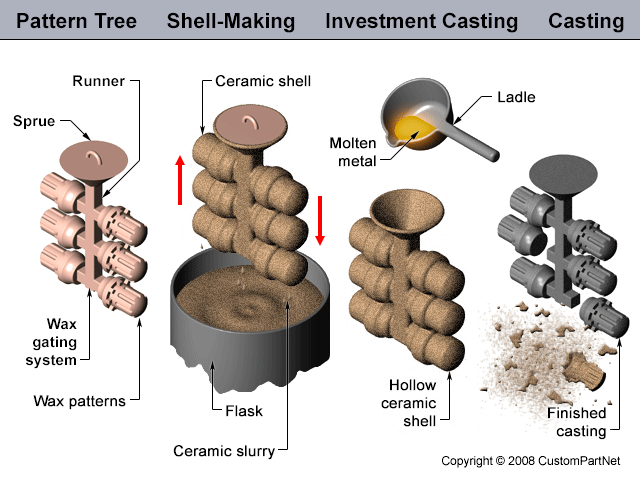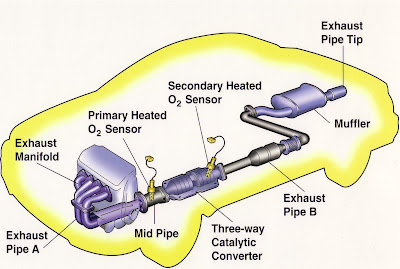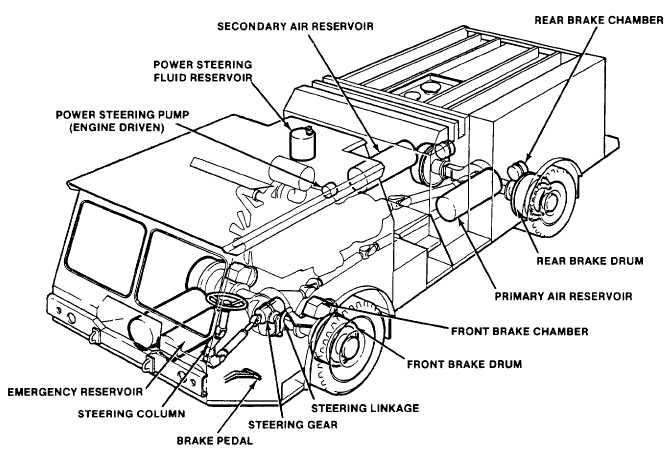One of the most amazing endeavors man has ever undertaken is the
exploration of space. A big part of the amazement is the complexity.
Space exploration is complicated because there are so many problems to
solve and obstacles to overcome.
Rocket engines as a group have the highest exhaust velocities, are by far the lightest, but are the least propellant efficient of all types of jet engines.
Rocket engines are fundamentally different. Rocket engines are reaction
engines. The basic principle driving a rocket engine is the famous
Newtonian principle that "to every action there is an equal and opposite
reaction." A rocket engine is throwing mass in one direction and
benefiting from the reaction that occurs in the other direction as a
result.
Rocket engines produce thrust by the expulsion of a high-speed fluid exhaust. This fluid is nearly always a gas which is created by high pressure (10-200 bar) combustion of solid or liquid propellants, consisting of fuel and oxidiser components, within a combustion chamber.
The fluid exhaust is then passed through a supersonic propelling nozzle which uses heat energy of the gas to accelerate the exhaust to very high speed, and the reaction to this pushes the engine in the opposite direction.
In rocket engines, high temperatures and pressures are highly desirable for good performance as this permits a longer nozzle to be fitted to the engine, which gives higher exhaust speeds, as well as giving better thermodynamic efficiency.
Rocket engines as a group have the highest exhaust velocities, are by far the lightest, but are the least propellant efficient of all types of jet engines.
Principle of operation
Rocket engines produce thrust by the expulsion of a high-speed fluid exhaust. This fluid is nearly always a gas which is created by high pressure (10-200 bar) combustion of solid or liquid propellants, consisting of fuel and oxidiser components, within a combustion chamber.
The fluid exhaust is then passed through a supersonic propelling nozzle which uses heat energy of the gas to accelerate the exhaust to very high speed, and the reaction to this pushes the engine in the opposite direction.
In rocket engines, high temperatures and pressures are highly desirable for good performance as this permits a longer nozzle to be fitted to the engine, which gives higher exhaust speeds, as well as giving better thermodynamic efficiency.







